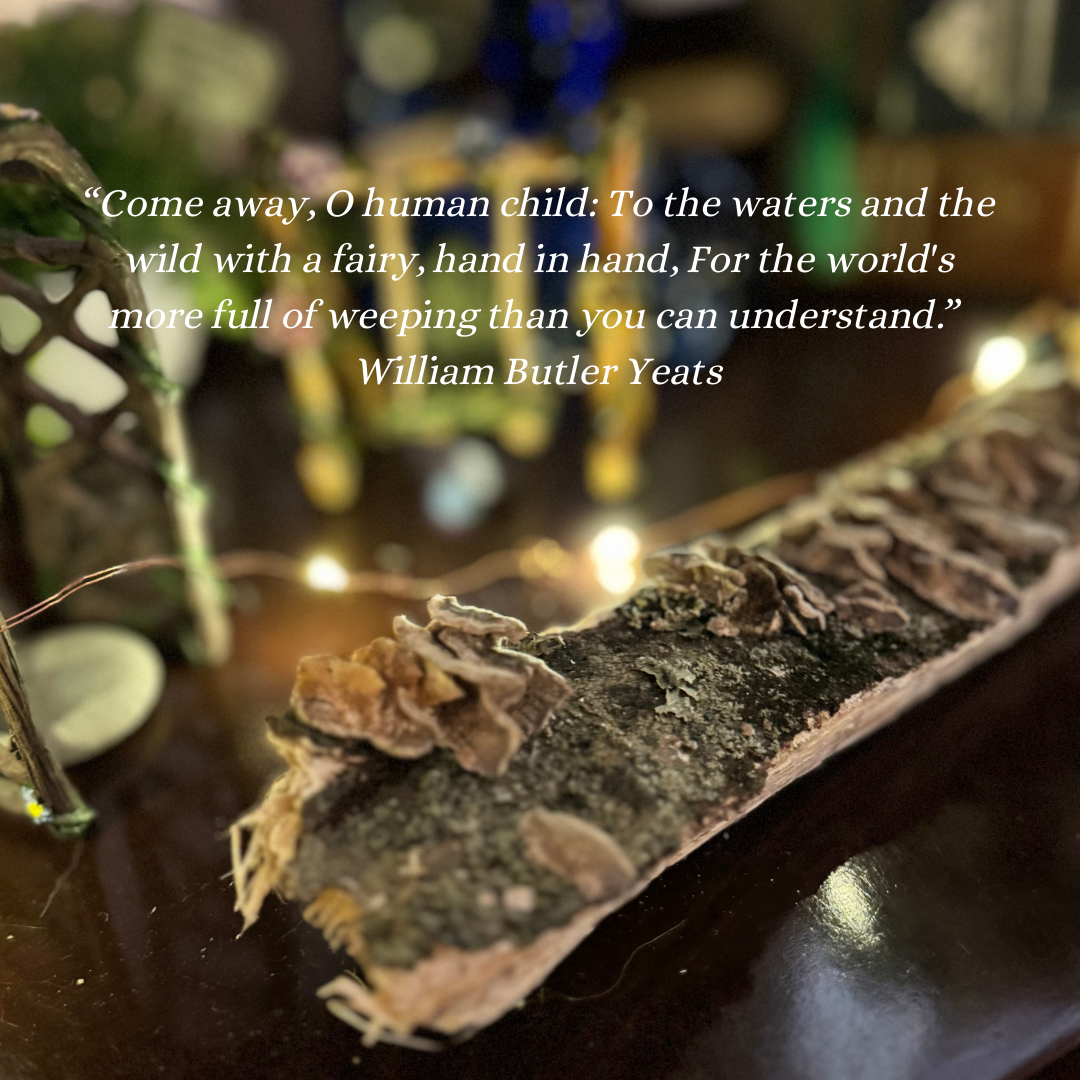|
Browsing through my website, you will see certain items that combine the simple geometry of hand-cut painted (or stained) wood pieces with organic and decorative elements. One of these beautiful creations is a decorative candleholder centerpiece I named Waterfall. This week, I thought I’d share an inside look at the process of creating this piece. As with all my creations, this design has a story: a story of inspiration, design modification, and hard work. The project started as a vision of a candleholder centerpiece that tiers downward like a small rocky stream in some secluded forest. I drew some quick thumbnails and idea sketches before settling on a design like the rendering below. I sat down with a pencil, some large pieces of paper, and a ruler and recreated my ideas in full-scale schematic versions of the top and side views. Once I was satisfied that my measurements would work, I went into AutoCAD (an architectural and design rendering software) to create preliminary digital schematics to help iron out any kinks in the design. Once the concept stage was finished, it was time to dig in and create this piece. Basswood was used to create the finished piece, as the design required a material sturdier than balsa wood. While measuring out and cutting the wood pieces, some changes were made to the original design to simplify the process, but overall, the basic design remains the same. The wood pieces were hand-sanded, then glued and nailed together to form the tiered tray. Cracks were sealed with wood putty and then sanded carefully for a smooth, even surface. The next phase was to apply the paint. Black and white paint were mixed to create a medium grey tone to paint onto the wood structure as a base coat. Next, a thin layer of glue was applied and allowed to dry to a tacky texture. A lighter grey was painted on top for contrast and a weathered look. The finished wood piece was then varnished and allowed to dry overnight. Small clear glass votive holders were then glued into place on the wooden structure, one on each of the three tiers. Natural and blue-colored stones were scattered on the tray bottoms and glued in place, along with artificial shrubbery. At this time, I decided that I wanted a slightly “wetter” look, so I purchased Realistic Water and Water Effects from Scenic Woodlands (a company that sells products for modeling) and applied these elements to the base of the tray to add a bit more of the desired water effect. This application also aided in keeping all the small pieces gelled together. The finishing touch was the application of artificial moss along the edges of the wood base. I have to say, this project was incredibly labor-intensive, but it was a labor of love, and I enjoyed creating a finished design piece that represents things that are most dear to my heart—water and nature. The idea of using abstract designs as a base for organic finished centerpieces and decor is endlessly fascinating to me, so I will certainly be creating more pieces like this in the future to add to my Di’s Studio Designs collection—and I already have some thumbnails to get me started. Stay tuned! Shop for handcrafted nature-inspired decorative candleholders by Di's Studio Designs here! Related blog posts you may want to read: Finding creative inspiration from nothing Creation of a centerpiece Nature and well being Inspiration New decorative lanterns by Di's Studio Designs
0 Comments
Leave a Reply. |
Author
Some of the posts on this site contain affiliate links. This means if you click on the link and purchase the item, I will receive an affiliate commission. Categories
All
Archives
October 2025
|






 RSS Feed
RSS Feed
